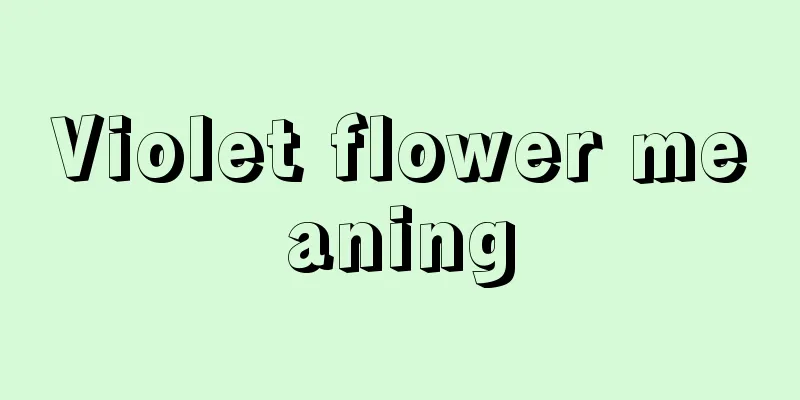Hydroponic methods and precautions for orchids, how much water is needed?

1. Hydroponic method1. Choose a container: Before hydroponics, you should choose a hydroponic container suitable for orchids, which will be more conducive to their growth. Specifically, you can prepare a transparent container with moderate depth and sieve holes, disinfect it, and dry it before use. 2. Remove the plant from the pot: Take the plant out of the original pot, put it in water, and clean the soil on it. Then put it in the disinfectant and leave it to dry for 10-15 minutes. 3. Carry out hydroponics: Pass the treated plants through the sieve holes, place them in the container, and fix them. After that, add an appropriate amount of water so that about 20% of the roots are submerged in water. 4. Post-maintenance: Move the treated plants to a place without direct sunlight and change the water in time. After it adapts to the new environment, you can slowly increase the depth of the water until half of its roots are submerged in water. 2. Watering methodIf the weather is hot and the evaporation is large, you need to replenish it with water in time to make up for the evaporated water. In addition to replenishing water, you should also change its water every 5-7 days, so that its growth environment will be healthier and it will grow better. |
>>: How to grow peach blossoms in autumn
Recommend
What is bitter vegetable?
What is bitter vegetable? Dandelion is the young ...
Disease and insect pest control of purse flower
Diseases The first is damping-off disease, which ...
What are the cultivation methods and precautions for hydroponic Anthurium
Hydroponic Anthurium Cultivation Method Hydroponi...
When is the best time to transplant Sophora japonica trees? (Sophora japonica tree transplanting time and method)
The best place to transplant a Sophora japonica t...
The difference between Jade Lotus and Thousand Buddha Hands
1. Different plant types The two succulent plants...
How to prune watermelon vines
When to prune watermelon vines Watermelon vines n...
Cultivation methods and precautions of boxwood
The melon-seed boxwood, also known as boxwood and...
How to judge whether asparagus fern should be watered? What details should be paid attention to when watering?
Asparagus fern likes to grow in a humid environme...
The difference between red nanmu and false red nanmu
1. Difference of blades The leaves of red nanmu a...
Planting methods and precautions for comfrey
one. How to plant seeds 1This plant usually choos...
How to plant cherry blossoms? Planting time and method
Cherry Blossom Planting Time Cherry blossoms are ...
What are the benefits of watering flowers with fish farming water? Using fish farming water as fertilizer
The benefits of watering flowers when raising fis...
How to deal with hydrangea withering
1. Proper pruning When the flowering period is ov...
Bowl lotus planting method hydroponics
Bowl lotus is also called white lotus. It has rou...
What crops are suitable to be planted in May? What crops are suitable to be planted in May?
The climate in May is relatively warm, which is v...









